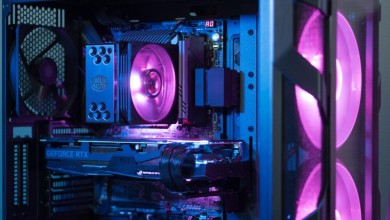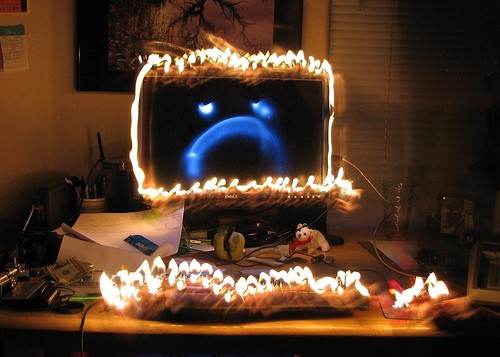How to Restart your Graphics Driver Properly in Windows?

Restarting the graphics driver can reinitialise configuration parameters of your graphics card which can often fix issues with your driver causing screen freezes, crashes, stutters and low-quality textures in games.
In this article, we have used two different methods to show you how you can restart your graphics driver.
1. Windows Hot Key Shortcut
If your graphics drivers caused your computer to freeze, this default Windows shortcut might be able to resolve the issue. This shortcut can recover your Windows PC from hard-freezes that happen while using your PC normally or while using 3D applications.
- Use the keyboard keys “Win + Ctrl + Shift + B” to restart your graphics drivers. Just simultaneously press the B Key while holding down Shift, Ctrl, and Win.
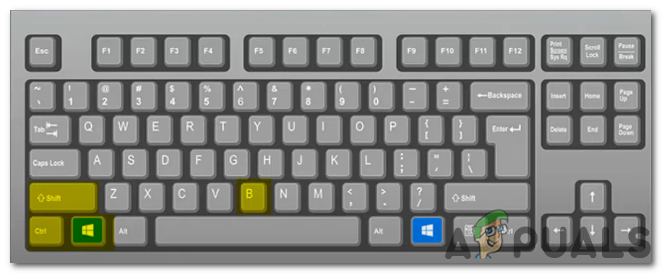
using the keyboard keys “Win+Ctrl+Shift+B” to reset your graphics drivers
You’ll hear a beep, and your screen will briefly go black. After that, everything will appear exactly as it did right before you pushed the hotkey. You won’t lose any work and all of your open applications will remain open.
This keyboard shortcut will restart the NVIDIA, AMD, and Intel graphics drivers because it is a feature of the Windows operating system. This hot key will function regardless of the graphics hardware in your PC.
2. Disable and Enable your Graphics Driver
Disabling and Enabling your Graphics Driver reinitializes it which can be helpful if the GPU driver is causing problems with your system, such as crashes, errors, freezing, stuttering. By disabling and enabling the driver, you can fix these problems and improve the performance of your GPU.
- Right-click the start icon or press “Win + X” then select ‘Device Manager‘ from list to open it.
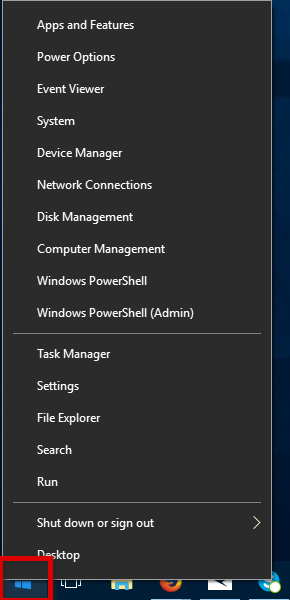
right-click the start icon - Open Device Manager, to access the Device Manager, left click it.
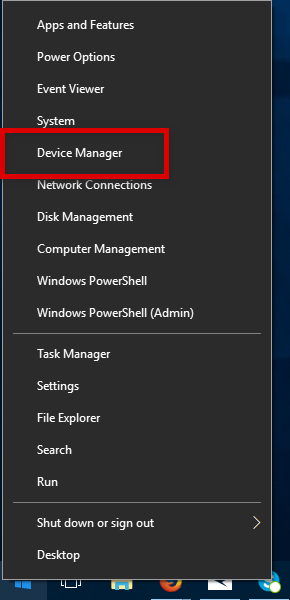
- Double click on your Display adapters.
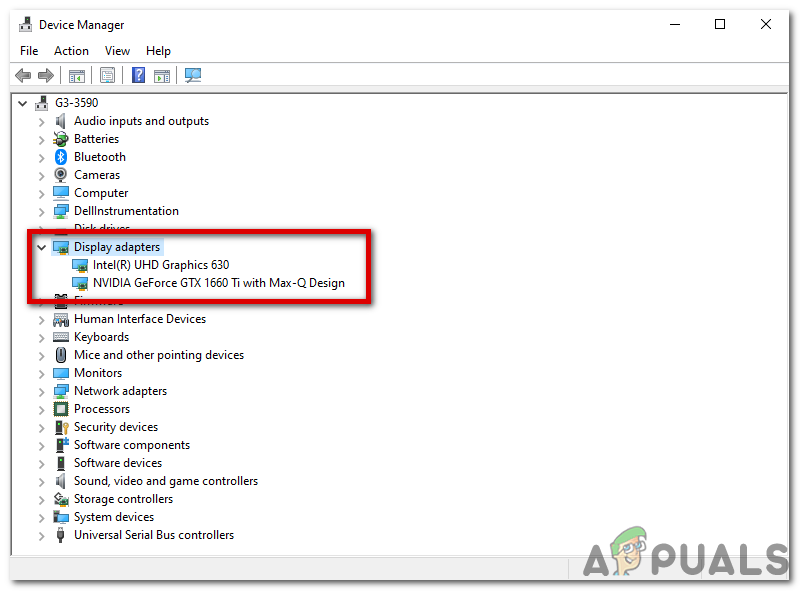
Double click on your Display adapters - Right-click your primary GPU, in my case the “NVIDIA GeForce GTX 1660 Ti with Max-Q Design” and select Disable device. Your system could restart, or your screen might flicker. If you have more than one graphics driver, the other one will replace the recently disabled one.
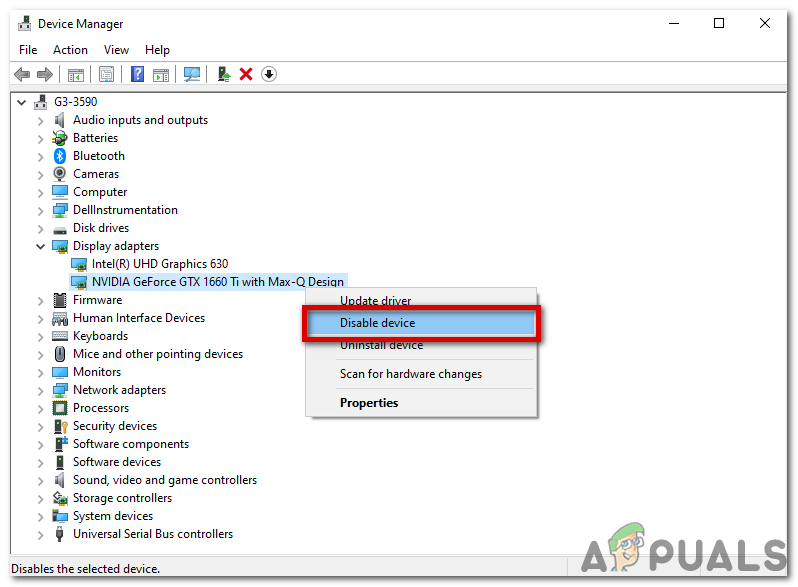
select Disable device - Restart your computer after disabling your graphics driver for the adjustments to take effect.
- Go back to Device Manager after restarting your computer to turn on the disabled graphics driver.
- Click Enable Device from the context menu of your graphics driver. Your graphics driver will be forced to reset and restart as a result.
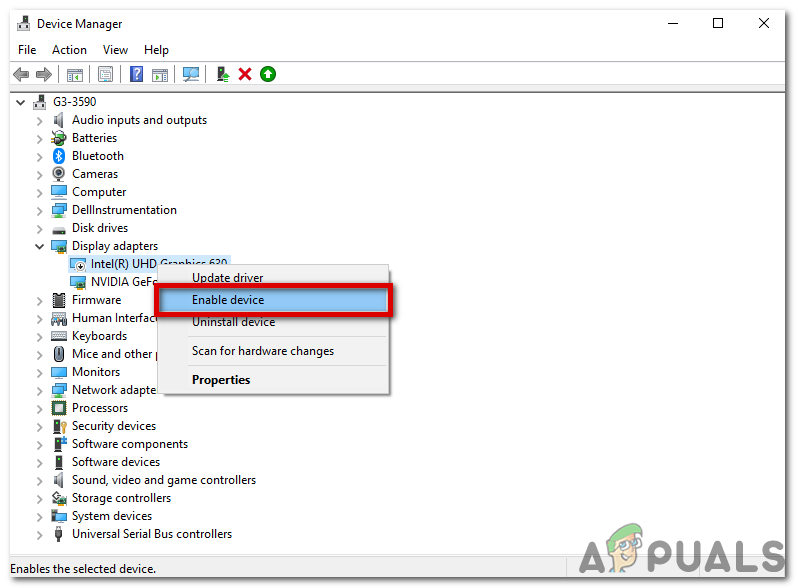
Click Enable Device
You might need to repeat these instructions for each graphics driver if you have more than one.
That’s it! your graphics driver should be restarted now.

